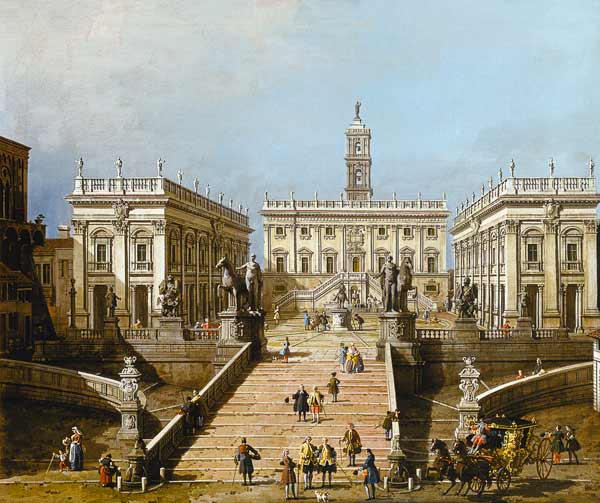Art funds do what wealthy collectors have been doing for centuries — build and manage important collections. But the overriding purpose of these funds is to tap the works’ long-term financial worth, rather than savor their aesthetic value as they hang on a wall.
Art funds are growing in popularity as a way to get a piece of the frothy and unregulated art market estimated at $56 billion. Last year global inflows to such funds ran at $482 million, up from $32 million in 2008, according to London-based ArtTactic, a market research firm. Investors generally commit a minimum investment, ranging from $50,000 to $500,000, which is locked up for a set period. After every piece in the collection is sold, investors receive their share in the profits.
Art funds are akin to hedge funds, at least when it comes to costs. They typically charge 1% to 3% of assets in annual management fees; at the end of the typical art funds’ life, they take 20% of the profits. Remember, too, that there are the underlying costs of acquiring and selling the art—the commissions to dealers and auctioneers—that also whittle away the capital invested in a fund. And there are taxes: Collectibles are taxed at 28%, not the 20% rate applied to long-term capital gains. Unless the fund scores some big wins, it can be an expensive source of cocktail party chatter. The most cost-effective way to invest in art (while also enjoying its aesthetic returns) remains acquiring a portfolio of works directly, in consultation with an art advisor.
The London-based Fine Art Fund Group is a fund operator deserving of a closer look. It’s the largest art investment firm, with nearly a quarter billion dollars in assets. Its funds have multiple 10-year, five-year, and shorter-term maturities devoted to major art periods: post-war and contemporary, modern, impressionist and old masters. Fine Art’s vehicles charge 2% annually. After investors get a 6% annual return, the fund sponsor gets another 20% of the profits.
Philip Hoffman, founder of the Fine Art Fund Group and former Christie’s finance director, attributes the firm’s “moderate success” to his teams’ dual sense of artistic relevance and finance. “The recurring criticism of art funds is that they are run by an art dealer or by an ex-banker,” he says. “The ex-banker sees art as a passion or a hobby after his stint at Merrill Lynch, and the art dealer sees it as a way of dumping unwanted stock.” ...MORE
The value of a Canaletto will never go down to zero.
It will never do an Enron or a Marconi.
-Philip Hoffman, CEO
See also:Break Out Your Canaletto's: Southern Europe is Doomed
Denver Museum Discovers It Has a Treasure in the Storage Bin
...England's Royal Collection has one of the largest assemblages of Canaletto's including a whole bunch (technical term) of the Venice scenes.
This find puts the score at:
Queen of England-274---Denver Art Museum-1.

Giovanni Antonio Canal (Canaletto) - Rome, staircase to the Campodoglio.